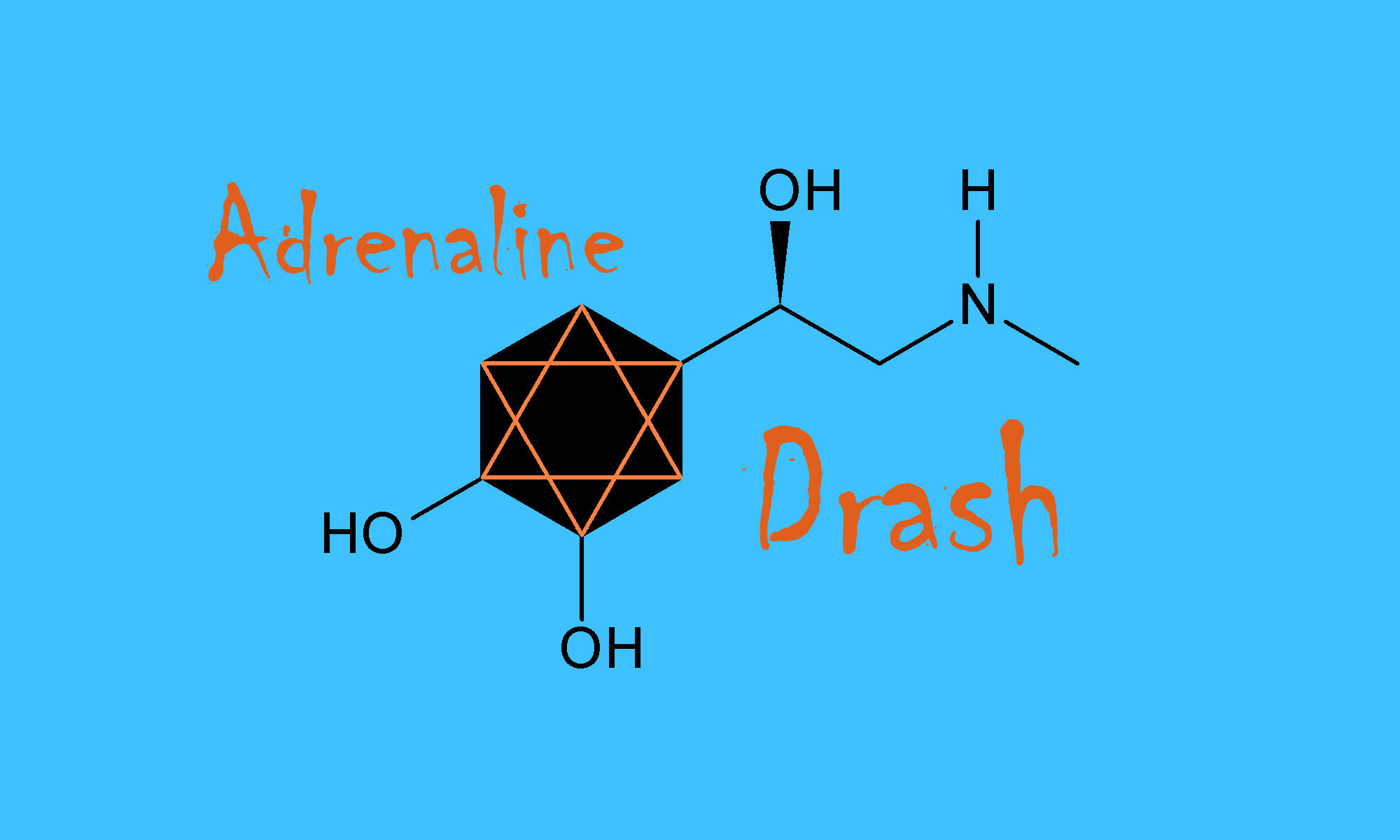
For the past six months I have been exploring, together with various Christian church communities, the issue of immigration through a shared text: The Book of Ruth.
There is much to say about the way the immigrant is seen (or not) in this text. The Israelite Naomi all but ignores her Moabite daughter-in-law’s moving declaration of loyalty and love. Naomi sends Ruth into a truly dangerous setting in pursuit of a man who will answer all their problems, and says nothing when Ruth’s child is handed over to her at the close of the book. The narrator reminds us several times that Ruth is a Moabitess, a member of the tribe that seduced the Israelites at Baal Peor and whose ancestry stems from an incestuous one-nighter between Lot and one of his daughters.
The story begins with human beings going hungry: the famine in Bethlehem leads to Naomi’s family emigrating to Moab, an enemy territory, in search of sustenance. That initial misery is followed by others, it cascades, expands, consumes – it seems – every hope; Naomi loses not only her husband, but her children. Ruth “clings” to her mother-in-law as if she were her only tie to any kind of safety. Both go hungry when they return from Bethlehem in search of the sustenance granted others; the villagers and kinsmen ignore their plight.
Today, I read my daughter-in-law’s Facebook post about the famine in East Africa. She notes that the famine has nothing to do with natural disasters. It’s caused by civil wars.
We pass by the world’s pain and dust it off our spiritual sleeves. We are the villagers who noticed the arrival of the widows at the close of chapter 1 and then did nothing to support or help them. We are the ones who read of immigrants trapped and dying in a boiling truck, and of women and children crossing deserts in desperate, often fatal, attempts to escape violence. We know what our administration’s answer is to the need of human beings to live with dignity: In America, when such men, women, and children cross our borders, we send them to inhumane detention centers which treat them like slaves (literally) and which profit from their presence. We will tear – and we have torn – parents from children. We have deported people who have lived honorably, only seeking to find a way to live safely and legally in a country they, too, love.
In the Book of Ruth, it is the immigrant Moabite who finds a way out. She notes Naomi’s mention of Boaz as a redeeming kinsman who could restore to Naomi the land her husband left behind. She combines that important information with the knowledge of the levirate she gained when Naomi bewailed the fact that she was too old to provide sons who could marry Ruth and Orpah and sire sons for their dead husbands. It is Ruth who first puts redemption and levirate law together. When Boaz asks who she is when she appears on the threshing floor in the middle of the night, Ruth answers: “I am your handmaid Ruth. Spread your robe over your handmaid, for you are a redeeming kinsman” (Ruth 3:9).
In one fell swoop Ruth has proposed to Boaz, hinting at a potential role as a levir. In the same verse she names him a go’el, a redeemer. Though the law as written in bible hardly makes Boaz a levir, he concurs, and insists on defining himself as one in the final chapter, proclaiming his intention to sire a son in Ruth’s first husband’s name (4:10).
“Spread your robe over me,” Ruth says, using the word kanaf. Here, it means the edge of a garment. But the word can also mean “wings,” and Boaz uses it in exactly that sense, when he blesses Ruth with the prayer that YHVH spread his wings over her in protection (2:12).
Ruth gave Boaz, in essence, a cloak of visibility. Only when he spread it over her did he truly understand, calling her an eshet chayil, a woman of strength and valor. The legal maneuvering Ruth set in motion is later presented to the community by Boaz and sanctioned by ten elders and the villagers.
I do not find it a happy development that it is, yet again, the foreigner, the minority, the woman, and the immigrant who has to brave danger in order to make the privileged (male) see her. Boaz has had to be reminded that Ruth and Naomi exist, that they are in trouble. Neither Boaz nor anyone else came to the aid of these two women when they returned to Bethlehem.
Today, President Trump called for 10,000 more Immigration and Customs Enforcement (ICE) officers. He agitated again for the building of his border wall with Mexico and measures against sanctuary cities and insisted on legislation to expedite the removal of undocumented immigrants from Central America.
We are the villagers. We are Boaz. Can we be better? What, when we look, do we see? When we see, what, then, must we do?


